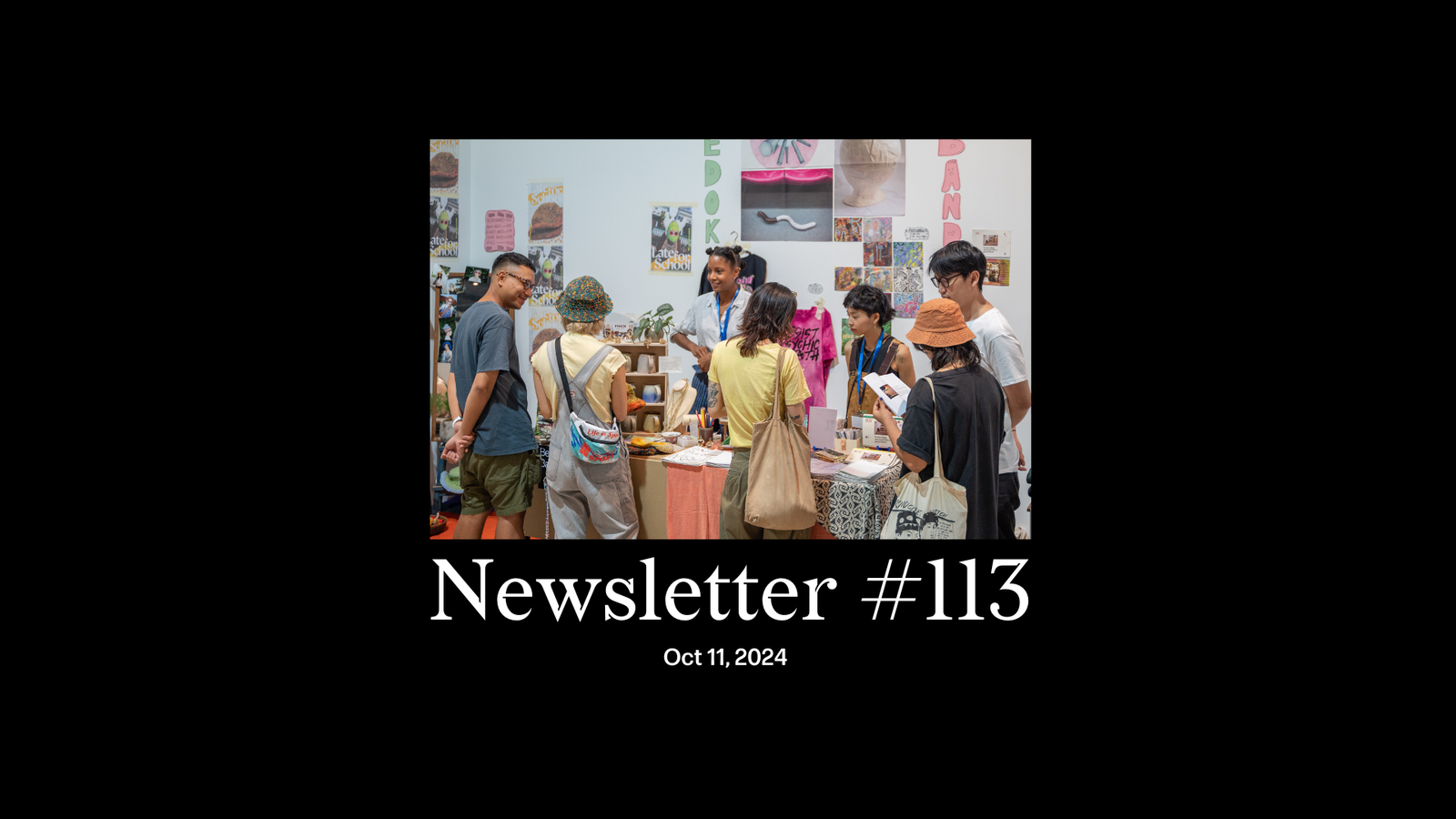Dear reader,
“Singapore This Week”. In our weekly digest, we discuss Lee Wei Ling’s passing and the implications for the house at 38 Oxley Road; the execution of Mohammad Azwan bin Bohari just days before the World Day Against the Death Penalty; Peter Lim’s problematic ownership of Valencia CF; “Crocodile Rock”, Kirsten Tan’s upcoming film; “La Luna”, Singapore’s official submission to the best international feature film category at the Oscars; AFTERIMAGE, a new poetry-prioritising press; Hyundai Motor Group’s clean energy collaboration with NTU; and OpenAI in Singapore.
Letters to the editor. Thanks, Kelvin Yap, for your thoughtful response to Sherryl Cheong’s essay on single parents. “From my admittedly limited interactions with policymakers, efficiency seems to be the name of the game under the neoclassical economics model practised in Singapore; take care of the majority in the most efficient manner possible, while those who fall through the gap—like the single parents mentioned in Sherryl’s essay—can be helped after.” Read the full letter, and send in your own anytime.
The Singapore Art Book Fair (SGABF). Jom is delighted to be partnering with SGABF2024, which will be held October 25th-27th at the Singapore Art Museum in Tanjong Pagar Distripark. For those who’ve never been, it’s typically a hypnotic mix of snaking queues, manicured booths, South-east Asian motifs, and book and fashion sensibilities both understated and outlandish.
Charmaine Poh, Jom’s co-founder, and I will be speaking on two separate panels. It could be Jom’s last in-person event of the year. Come say hi, come hang at our booth. Tickets available here.
Our essay of the week, “For the love of art books: creative practice and independent publishing in South-east Asia”. As part of our partnership with SGABF2024, Jom commissioned Seet Yun Teng, curator and arts producer, to write about the art book ecology. (We maintained full editorial control.) I wasn’t quite sure what to expect, tbh. A survey of art books? Or of the fairs themselves? Perhaps a deep dive into the production of an art book?
Yun Teng, has somehow woven together all those elements, and then some. It’s also a personal narrative. Our guide on this journey is herself a reader, a follower, an evangelist for the medium:
“I remember the first time I held an art book in my hands—a small, handmade zine made by a friend. As I flipped through its pages, slightly uneven and covered in smudged ink, it felt like an invitation to step into the artist’s world: filled with sketches of their everyday life, woven with their musings on the unnoticed beauty of the ordinary. Unlike anything I’d ever bought in a bookstore, this was a piece of someone’s creative process, a work of art that I could touch, revisit, and carry with me.”
I found her exploration of the intersection of zines and socio-political movements particularly fascinating. And there’s a wonderful regional bonhomie throughout. This is a story that takes us from Chennai to Jakarta, as we meet passionate souls separated by geography but with a common purpose, all cheerfully defiant in the face of the digital disruption that threatens the haptic joy Yun Teng experienced that first time.
Read the piece. Learn about the medium. And meet some of its craftspeople and ardent fans in two weeks. See you there.
Jom baca,
Sudhir Vadaketh
Editor-in-chief, Jom
p.s. we’re keeping this week’s essay outside the paywall until SGABF2024 is over, so this is a chance to forward it to your friends who want to sample Jom’s work before subscribing.
If you’ve enjoyed our newsletters, please scroll to the bottom of this page to sign up to receive them direct in your inbox.







